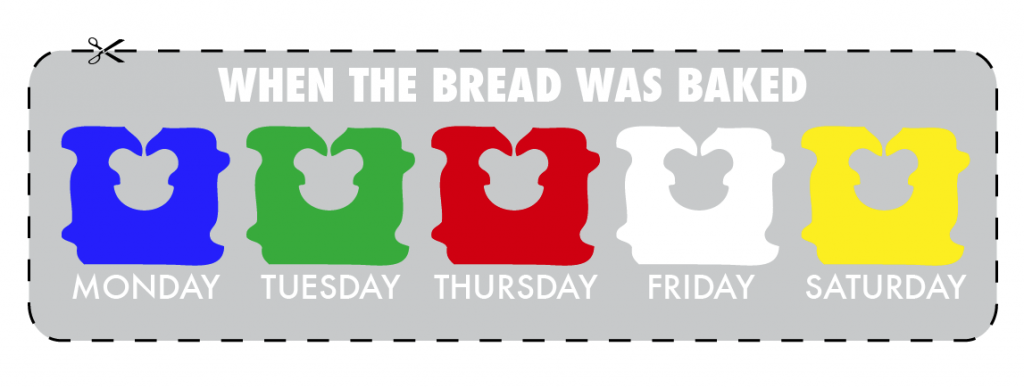What is Color Coding in Food Industry?
How to color code effectively?
Color-coding is an important part of any food safety program. Not only does it help prevent cross-contamination due to pathogens, allergens and foreign contaminates, color-coding has a variety of other uses. With the number of governmental regulations growing, it is essential that food processing facilities stay on top of the current trends and best practices to be market leaders. Implementing a color-coding program is a great way to help accomplish that. Many food processors have taken the proactive step of instituting a color-coding program as part of their food safety practices. Color-coding separates the tools used in one type of task or location from another, helping prevent tools from becoming sources of cross-contamination.
How Is Color-Coding Being Used?
Color-coding supports and strengthens the Hazard Analysis and Critical Control Points (HACCP) Plan. HACCP is a management system in which food safety risks are addressed through the analysis and preventive control of biological, chemical, and physical hazards throughout the supply chain from food production to consumption. According to the U.S. Food and Drug Administration (FDA), “any action or activity that can be used to prevent, eliminate, or reduce a significant hazard” is considered a control measure. Color-coding is an excellent example of a control measure.
Once potential food safety hazards are identified, CCPs can be documented. FDA defines a CCP in a food manufacturing process as “a step at which control can be applied and is essential to prevent or eliminate a food safety hazard or reduce it to an acceptable level.”

5 things that you should know about color-coding:
- All types of food processing facilities can benefit from color-coding
- Color-coding helps prevent cross-contamination in food processing facilities
- Color-coding helps distinguish critical zones and control points
- There is currently no standard set of rules for color-coding, just best practices
- Color-coding programs are looked upon favorably by auditors and customers
Benefits of Color-Coding
Color coding’s main purpose is to separate and organize. This is especially important in the food industry where cross-contamination, allergen cross-contact, and cleaning chemical strength are all concerns. Using the closest brush at hand is a recipe for disaster—and a costly recall.
Tools can be separated by shift, purpose, allergen contact, and more for the following benefits:
- Provide zone control. Different colors can be assigned to each step in the process or by manufacturing line. This will keep tools in their correct areas, working on the right surfaces.
- Increase traceability. When colors are assigned to zones, confirming that a tool is misplaced is easy, and tracing it back to its point of origination is quick.
- Divide workspaces. Each shift and each section can have their own color of tools to keep track of what goes where. This translates to fewer lost or misplaced tools and a lower maintenance budget.
- Facilitates 5S. This organizational method is renowned for keeping facilities clean and tidy at all times—something that color-coding naturally supports.
- Separate cleaning and sanitation. Heavy-duty floor cleaner is a necessity for plant floors and drains, but a brush that’s been used with it shouldn’t get anywhere close to food products. Separate colors for each are an easy visual cue that prevents such cross-contact incidents.
- Provide zone control. Different colors can be assigned to each step in the process or by manufacturing line. This will keep tools in their correct areas, working on the right surfaces.
- Increase traceability. When colors are assigned to zones, confirming that a tool is misplaced is easy, and tracing it back to its point of origination is quick.
- Divide workspaces. Each shift and each section can have their own color of tools to keep track of what goes where. This translates to fewer lost or misplaced tools and a lower maintenance budget.
- Facilitates 5S. This organizational method is renowned for keeping facilities clean and tidy at all times—something that color-coding naturally supports.
- Separate cleaning and sanitation. Heavy-duty floor cleaner is a necessity for plant floors and drains, but a brush that’s been used with it shouldn’t get anywhere close to food products. Separate colors for each are an easy visual cue that prevents such cross-contact incidents.
It is always advisable to enlist the assistance of professional food handler service provider to help keep your food business on track in terms of the Halal certification and HALAL Assurance System. Magcolm Solutions remains steadfast in welcoming you to be part of the food business component in providing products which are Halal-compliant to the public. Contact us to be your professional food handling partner!


